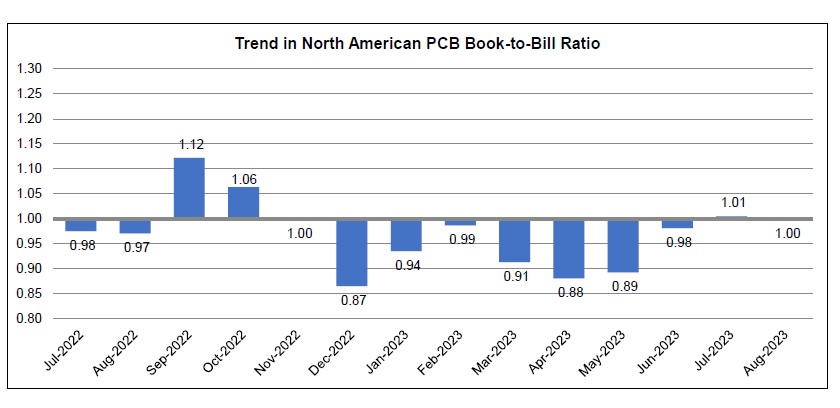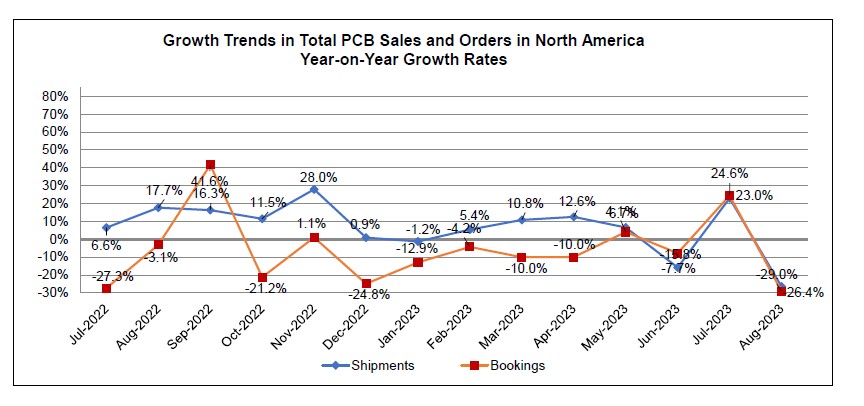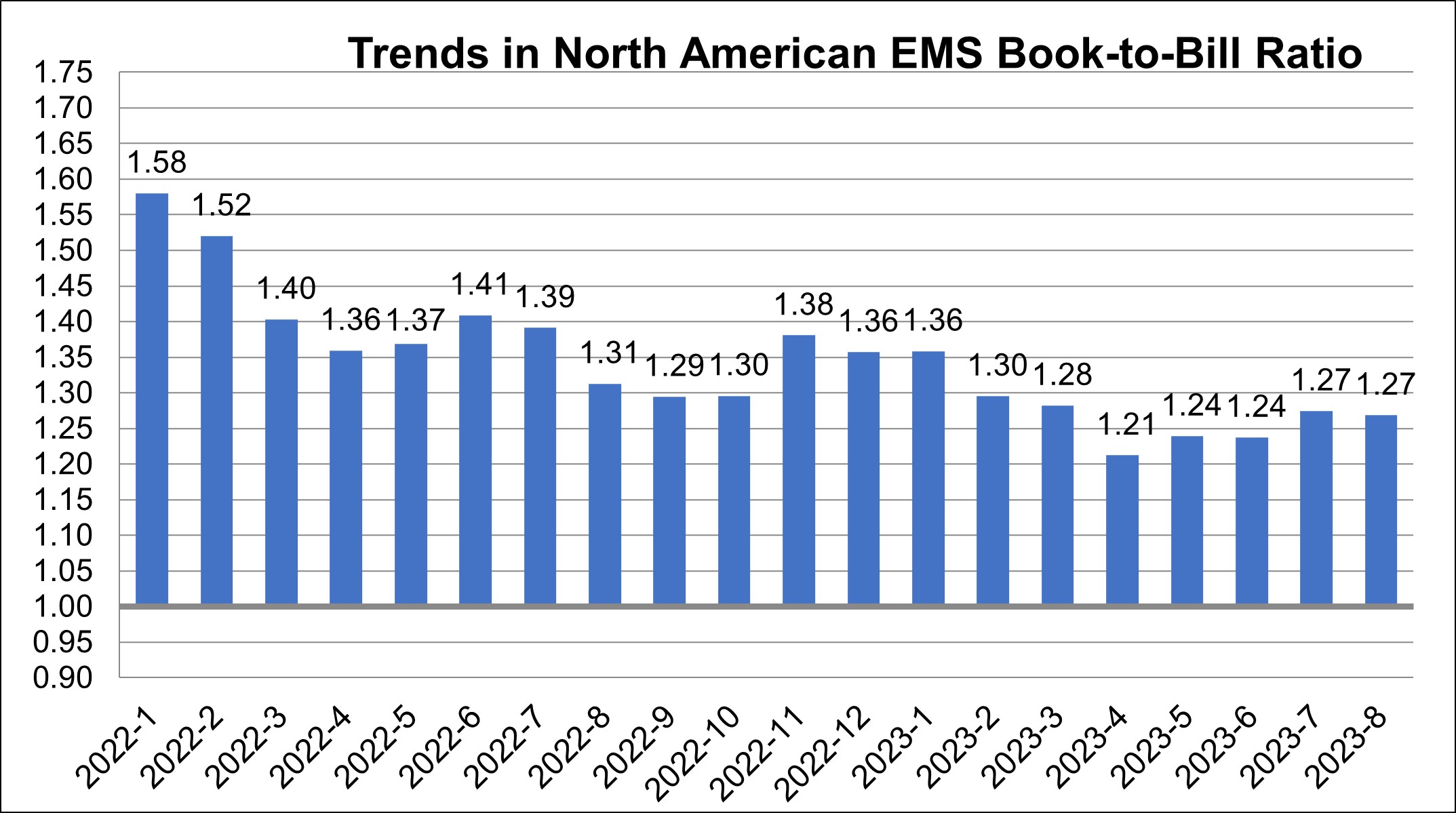IPC’s PCB Technology Trends Report Details How PCB Manufacturers Meet Current and Future Technology Demands
PCB Technology Trends 2023, IPC’s biennial global study, is now available. The survey-based study shows how printed circuit board (PCB) manufacturers are meeting today’s technology demands and looks at the changes expected by 2028 that will affect the whole industry. Based on data from 60 companies worldwide, the 48-page report presents data on PCB technology and OEMs’ PCB requirements as of 2023, as well as OEMs’ use of emerging technologies. Predictions from both industry segments indicate what these measurements are expected to be five years into the future.
This report covers five main focus areas: higher density, design concerns/signal integrity, change in processing/manufacturing techniques, technical business challenges, and compliance/environmental issues.
Data from report indicate:
- HDI (high density interconnect) usage/fabrication has increased from 37.5% to just over 49% in five years. In addition, the median has shifted from 35% present day to 50% in five years. This indicates more of the respondents predict even greater usage/specification of HDI boards in five years.
- In terms of PCB design limitations, heat dissipation is a major concern based on the respondents’ answers. The majority of the respondents (71%) indicated thermal vias are the primary method to manage heat dissipation.
- Respondents indicated that there will be continued use of a variety of solderable finishes. The consensus that there is no universal finish (one that meets everyone’s needs) is prevalent.
- Respondents face a wide variety of business challenges: achieving better yields, moving up the technology curve, workforce training and finding competent personnel are key levers needed to drive business.
- Respondents overwhelmingly are losing sleep over workforce development, lack of staff’s basic engineering skills, supply chain lead times and product overregulation.
PCB Technology Trends 2023 is available to IPC members for $595 and $995 for nonmembers. For more information or to purchase the report, visit IPC’s Online Store.



